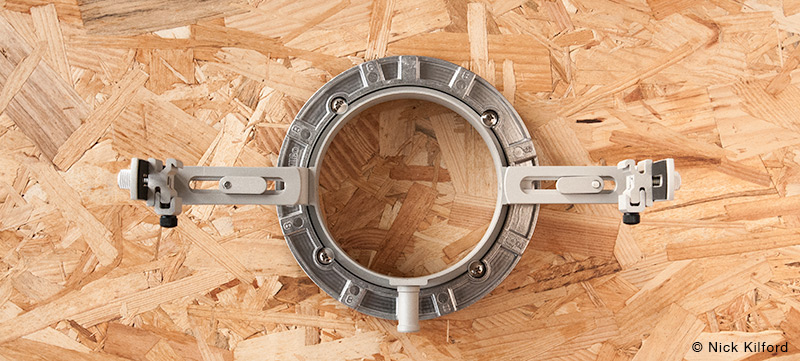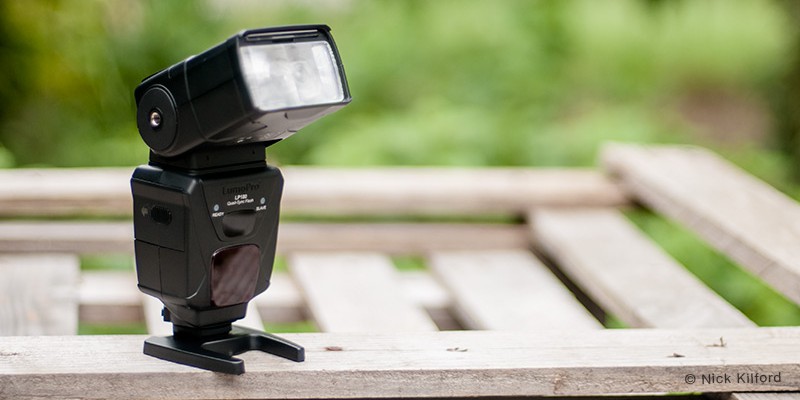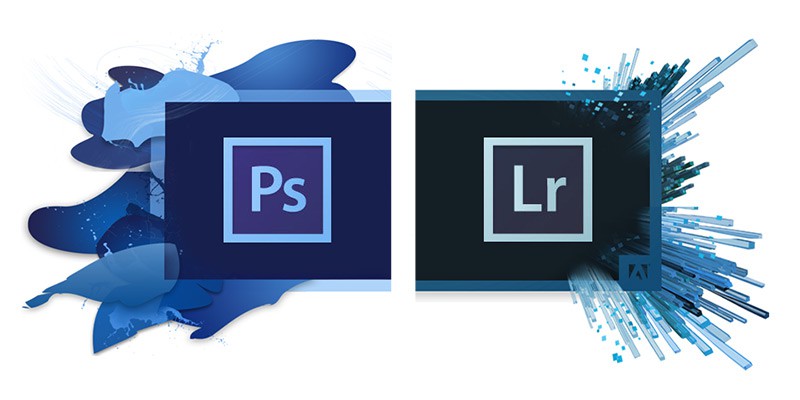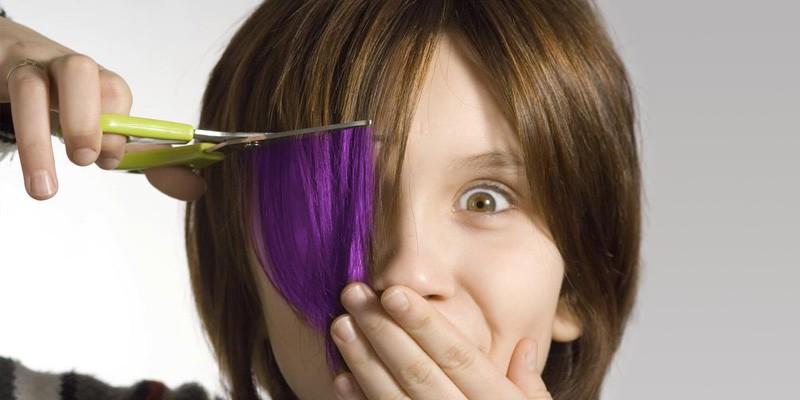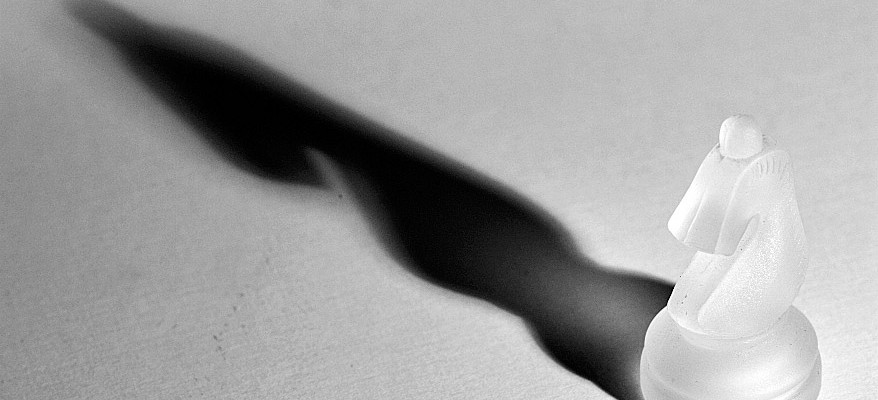When it comes to image editing, Photoshop is a superpower. But, as they say, with great power comes great responsibility. Non-destructive editing in Photoshop is a concept you’ll need a solid grip on, in order to work efficiently. However, working in this fashion isn’t very intuitive and it’s definitely not how people naturally use the program. In fact, I know very few …
Blog Posts
Unlike the photography gear that grabs all the media attention, this is a review of the very unsexy and plain looking LumoPro Double Flash Bracket Speedring. Now that my choice of adjectives has probably short circuited your attention span, please allow me to suggest that, although this piece of equipment won’t be turning any heads or winning a Red Dot …
Man, do I wish the LumoPro LP180 flashes were available back in 2006. Since I’m a manual flash guy and don’t need all the bells and whistles my Nikon SB-800s offer, I would have saved some serious dough. Then again, maybe it wouldn’t have made much of a difference because back then I didn’t know what I didn’t need. I’m …
Post-production is an intrinsic part of digital photography and questions like “What is the difference between Photoshop And Lightroom?”, “Which is best?” or Which one should I get?” are very common, especially among beginners. There are other programs that can be used for image editing but anyone even half serious about their photography will be looking at Photoshop or Lightroom… …
So you want to take some portraits with a shallow depth of field when using flash in an outdoor setting. Is it possible? Won’t my images be way overexposed? Well, in any situation where you have more light than you need, your image will be overexposed, yes. So, I’m stuck with a small aperture, like f16-ish, when I’m outside in …
Are you considering a graphics tablet for photo editing? Has your mouse finally got to you, leaving you tired and/or with a serious case of carpal tunnel syndrome or are you just feeling like an outcast because all of your photographer/artist friends swear it’s the best thing since sliced bread and you’re still mousing around? If this is you or …
The Levels adjustment is a powerful yet often overlooked tool available in Photoshop that has the capability of improving your digital images in seconds. As some of you may know, I edit images every single business day (either for my printing business or my personal images) and the first thing I do after converting to Adobe RGB is create a …
Without going into detail about why chromatic aberration occurs in our digital images (maybe in a future post) the dreaded “purple fringe” is a widespread problem, so I decided to write up a quick n’ dirty tutorial on how to eliminate it in Photoshop. This phenomena doesn’t happen with every picture you take or with every camera + lens combination …
Image resolution and megapixels are some of the most misunderstood terms used in digital imaging, among both enthusiasts and professionals alike. And yes, I just said professionals. To get the ball rolling on this topic, I’m gonna just come right out and say something that might get the odd raised eyebrow, but nevertheless true: “DPI (resolution) is practically irrelevant until …
I come across the question “how to learn about photography?” quite often and more times than not, the answer boils down to explaining what aperture, shutter speed and ISO are, the relationship between them and how they consequently determine exposure. While this approach is not wrong, I believe, since light is the raw material of photography, that learning about the …

